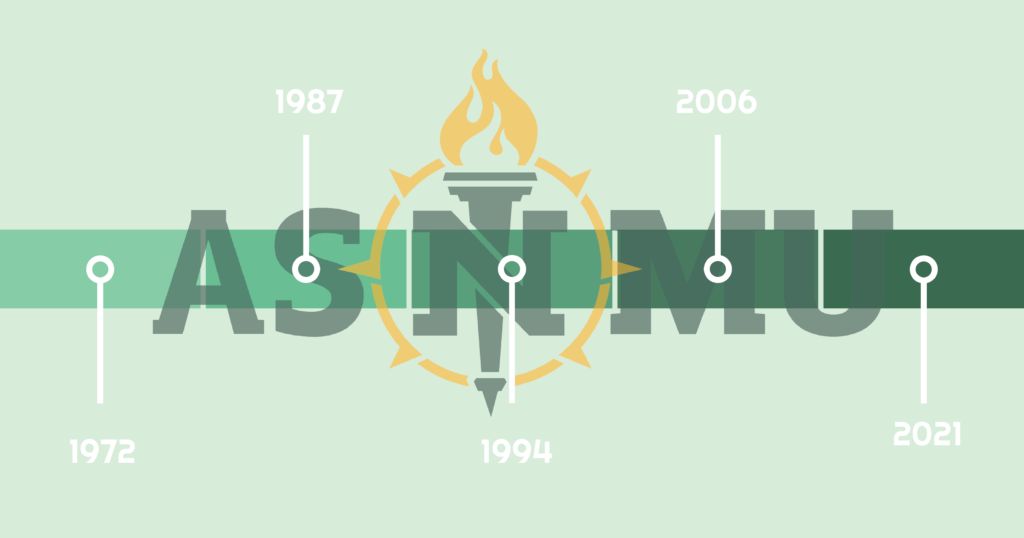This year marks the fourth year that the DeVos Art Museum has hosted its Rabbit Island exhibit. The artists have all been out on Rabbit Island for a residency stay, in order to take in and create art based on what inspired them out there.
Rabbit Island is a 91-acre forested island in Lake Superior three miles east of the Keweenaw Peninsula. There is a conservation easement granted by the Keweenaw Land Trust in order to preserve the island’s unique ecosystem.
Melissa Matuscak is the director and curator of the museum and handles the selection process for who is selected to have their work put on display. Last year, applications were accepted for potential artists to go to Rabbit Island for a residency stay. The times they stayed on the island varied between three and four weeks at a time. Those who were selected were then permitted residency on the island, and a spot in the exhibit itself.
Dr. Rob Gorski is the owner of Rabbit Island and had two things in mind for it when he bought it: to conserve the land and to share it with creative people.
“His family roots go pretty far in the Keweenaw,” Matuscak said. “He actually grew up in Lower Michigan and he did his medical residency in Marquette General Hospital.”
There are five artists on display, consisting of a two-man team and three single artists.
Beau Carey, a painter and educator based in Alberquerque, NM and Boulder, Col., worked from off-shore to create coastal imagery.
“It’s difficult to paint from a rocking boat,” Carey said.
Most of Carey’s works are circular in shape, subverting the usage of the more common square in favor of a more uni-focal appearance like what the human eye uses to translate images to the brain.
Carey also managed to work on Eagle Rock, which has since then been submerged underwater on Rabbit Island.
Noam Enbar is a composer and performer from Tel Aviv, Israel. His views on Rabbit Island were much more story-like in the way he wrote his music using communal singing. The research and planning took a lot of time because of how different and specific his songs were.
Enbar wanted to create his songs so that they had specific identities but also felt like one body of work in the end. His works were loosely based on his interaction with the island, and the songs take on an a capella format.
“Enbar’s performance drew a crowd, largely because it involved on-campus and off-campus students in the singing,” Matuscak said.
Eugene Birman and Scott Diel worked together on their display. Birman was originally from Daugavpils, Latvia and is now living between the U.S. and U.K., and is the composer of their work. Diel is a writer who grew up in Kansas but has lived in Estonia since 1992.
Birman depicted his work on the residency of the island, and the idea of the world. He concluded in his work that Rabbit Island was not just meant to inspire but to challenge ourselves.
Diel had done most of his research on Rabbit Island by first going through the library and researching whatever he could on Rabbit Island and then went to work on the island itself.
Diel’s work comprised of writing the opera’s story, and Birman worked to compose the work in its finalized state, a piece with seven movements titled “State of the Union.”
Josefina Muñoz, a visual artist based in Santiago, Chile, approached the island visually using a topographic view of the landmass using lines, and then translating them onto glass to show how they appeared.
Muñoz’s vision was taking lines of light and then applying them to glass. She did all her line work and drawing on-site. She would then work her lines into the glass material off-site, as she had access to the facilities and tools she required.
Muñoz felt rushed with her work, spending a month and a half on the island working on sketching the lines of the island, and then spending the rest of her time working the lines into glass.
She did not return from the island until Sept. 1, and had only 24 days to get her work ready for the exhibit.
“The opportunity to meet five artists from four countries was an incredible experience,” Matuscak said.
“It was one of the best receptions in the last four years, with a really great mix of the local and campus communities.”
Applications for next year’s exhibit have been submitted, with about 175 entries, some of which are group efforts.
The exhibit will be on display through Nov. 8.




























